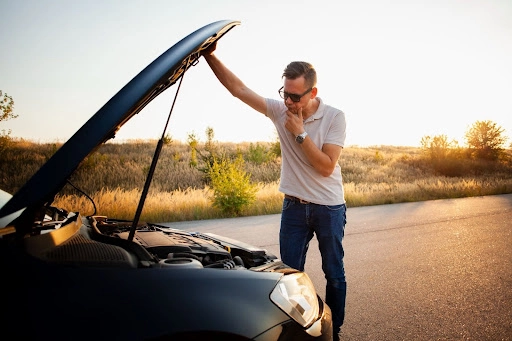
Evansville Rollover Accident Lawyer
Rollover crashes are among the most violent and technically complex cases we handle. These wrecks often happen in seconds, yet the investigation can take months of careful reconstruction to determine what truly caused the vehicle to flip. Whether the rollover began with a tire blowout, a steering defect, or another driver’s error, at Christie Bell & Marshall, we don’t rely on assumptions.
If you or someone close to you was hurt in a rollover, our Evansville car accident lawyers can help protect your rights, control communications with insurers, and identify every liable party.












